ABB AI03
Technical Specifications
- Input Capabilities:
- Supports 8 channels of 2/3/4-wire RTD inputs, individually configurable for different RTD types:
- 100 Ω platinum (U.S. lab/industrial standard, European standard)
- 120 Ω nickel
- 53 Ω copper (Chinese standard)49.
- A/D resolution: 16-bit with polarity, ensuring high precision across the full scale range (FSR = 500 Ω)4.
- All 8 channels update within 450 ms, enabling real-time monitoring of dynamic processes4.
- Supports 8 channels of 2/3/4-wire RTD inputs, individually configurable for different RTD types:
Detailed content
- Signal Accuracy:
- ±0.1% of FSR accuracy, minimizing measurement errors in temperature-sensitive environments4.
- Automatic calibration eliminates manual adjustments, maintaining long-term reliability4.
- Power Requirements:
- Operates on 24V DC ±10%, with a typical power consumption of 68 mA and maximum 76 mA4.
- Environmental Ratings:
- Operational temperature: -40°C to +70°C, suitable for extreme industrial conditions4.
- Storage temperature: -40°C to +85°C, ensuring resilience during transportation and downtime4.
- IP20-rated enclosure protects against dust and solid particles in indoor settings4.
- Physical Design:
- Compact dimensions: 27 mm (width) × 106 mm (depth) × 190 mm (height), weighing 226 g for space-efficient installation4.
- Horizontal or vertical mounting options compatible with ABB’s XBS 01-CJC base for cold junction compensation49.
Functional Features
- RTD Signal Conditioning:
- Galvanic isolation (1500 V for 1 minute) safeguards against electrical noise and ground loops4.
- Open circuit detection within 5 seconds alerts operators to sensor malfunctions4.
- High noise rejection (-70 dB normal mode, -90 dB common mode) ensures stable readings in noisy environments4.
- Diagnostic Tools:
- Front-panel LED indicators for power status, fault detection, and individual channel health4.
- Mini USB port enables local diagnostics and firmware updates4.
- Remote diagnostics via ABB’s Symphony Plus system for centralized monitoring4.
- Modular Integration:
- Compatible with ABB’s SD Series I/O and Symphony Plus distributed control systems (DCS)49.
- Supports hot-swap functionality for maintenance without disrupting operations7.
- Safety Compliance:
- CE-marked for EMC and low voltage directives, UL-listed for North American markets4.
- CSA-certified for non-hazardous and Class I, Division 2 hazardous locations4.
Application Scenarios
- Industrial Process Control:
- Monitors temperature in chemical reactors, distillation columns, and pharmaceutical sterilization systems, ensuring process stability and quality control47.
- Integrates with PLCs (e.g., ABB AC800M) to adjust cooling/heating systems in real time37.
- Power Generation:
- Measures turbine inlet temperatures and steam generator conditions in thermal power plants, optimizing energy efficiency411.
- Supports renewable energy installations by monitoring solar panel temperatures and wind turbine gearbox conditions7.
- HVAC and Building Automation:
- Manages chilled water systems and air handling units in commercial buildings, maintaining comfort while reducing energy consumption7.
- Food and Beverage Industry:
- Ensures compliance with hygiene standards by monitoring pasteurization and fermentation processes7.
- Mining and Metals:
- Controls conveyor belt temperatures and ore crusher operations to prevent overheating and downtime7.
Compatibility and Certifications
- System Integration:
- Works seamlessly with ABB’s Automation Builder software for configuration and programming4.
- Supports IEC 61131-3 programming languages (Ladder Logic, Function Block Diagram)7.
- Communication Protocols:
- Integrates with fieldbus systems (e.g., Profibus DP, Modbus RTU) via ABB’s communication modules7.
- Compatible with third-party SCADA systems for data aggregation and remote monitoring7.
Operational Benefits
- Reliability:
- Redundant power supply options and error-correcting memory enhance fault tolerance4.
- Long MTBF (235,718 hours) and short MTTR (1 hour) minimize downtime4.
- Energy Efficiency:
- Low power consumption design reduces operational costs in energy-intensive applications4.
- Scalability:
- Parallel configurations allow expansion to handle large-scale temperature monitoring requirements7.
Limitations in Available Data
While the AI03’s core specifications and functionalities are well-documented, specific details—such as detailed thermal performance curves for extreme environments or compatibility with non-ABB systems—may require direct consultation with ABB’s technical documentation. For mission-critical applications, verifying integration with existing infrastructure and obtaining certified performance data is recommended.
Discover our other products
SIEMENS/MOORE 16210-1-3 RTM MARSHALLED TERMINATION ASSEMBLY 1621013 16210-1-3
RELCOM CBT-43300G 4-Port Tap for Honeywell, Fisher Emerson, Siemens Moore. CBT-43300G
SIEMENS 16056-435 / 16056435 16056-435
SIEMENS 15999-262 / 15999262 15999-262
SIEMENS/MOORE #16193-21-4 INPUT DISCRETE MODULE (230VAC) M111 16193-21-4
Siemens Moore APACS QUADLOG SDM MTA Board 16167-1-3 16167-1-3
SIEMENS MOORE 39MBXNAN APACS+ MODULBUS EXPANDER 16180-1 fits Honeywell Yokogawa. 16180-1
SIEMENS 15950-11-6 / 15950116 ( TESTED CLEANED) 15950-11-6
Moore 16066-41-4 Modulrac APACS+ Module Backplane PLC Board 16066-41-4
SIEMENS MOORE 15854-53-BBB 155854-53-3 15854-41-4 155854-53-3
Moore Backplane Modulrac Module I/O Bus 16066-51-1 PLC APACS Quadlog Siemens 16066-51-1
SIEMENS/MOORE 16210-1-3 RTM MARSHALLED TERMINATION ASSEMBLY 1621013 16210-1-3
RELCOM CBT-43300G 4-Port Tap for Honeywell, Fisher Emerson, Siemens Moore. CBT-43300G
SIEMENS 16056-435 / 16056435 16056-435
SIEMENS 15999-262 / 15999262 15999-262
SIEMENS/MOORE #16193-21-4 INPUT DISCRETE MODULE (230VAC) M111 16193-21-4
Siemens Moore APACS QUADLOG SDM MTA Board 16167-1-3 16167-1-3
SIEMENS MOORE 39MBXNAN APACS+ MODULBUS EXPANDER 16180-1 fits Honeywell Yokogawa. 16180-1
SIEMENS 15950-11-6 / 15950116 ( TESTED CLEANED) 15950-11-6
Moore 16066-41-4 Modulrac APACS+ Module Backplane PLC Board 16066-41-4
SIEMENS MOORE 15854-53-BBB 155854-53-3 15854-41-4 155854-53-3
Moore Backplane Modulrac Module I/O Bus 16066-51-1 PLC APACS Quadlog Siemens 16066-51-1

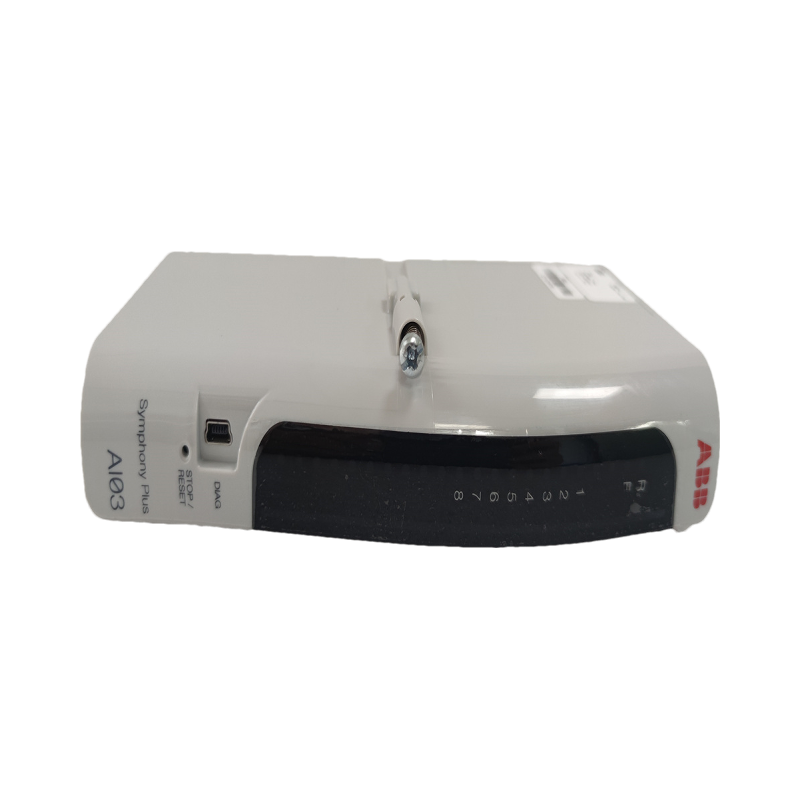
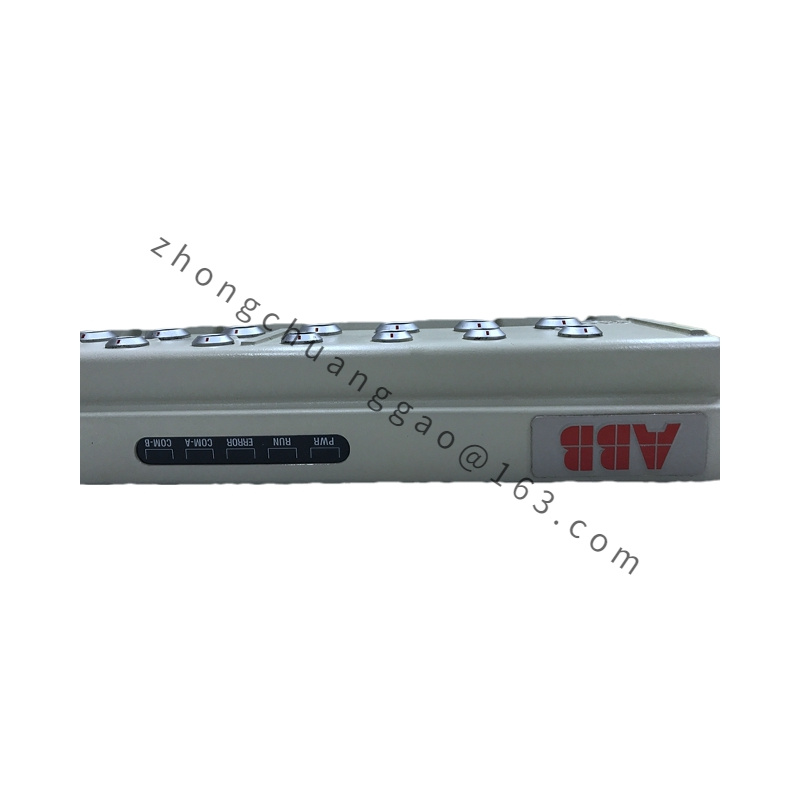
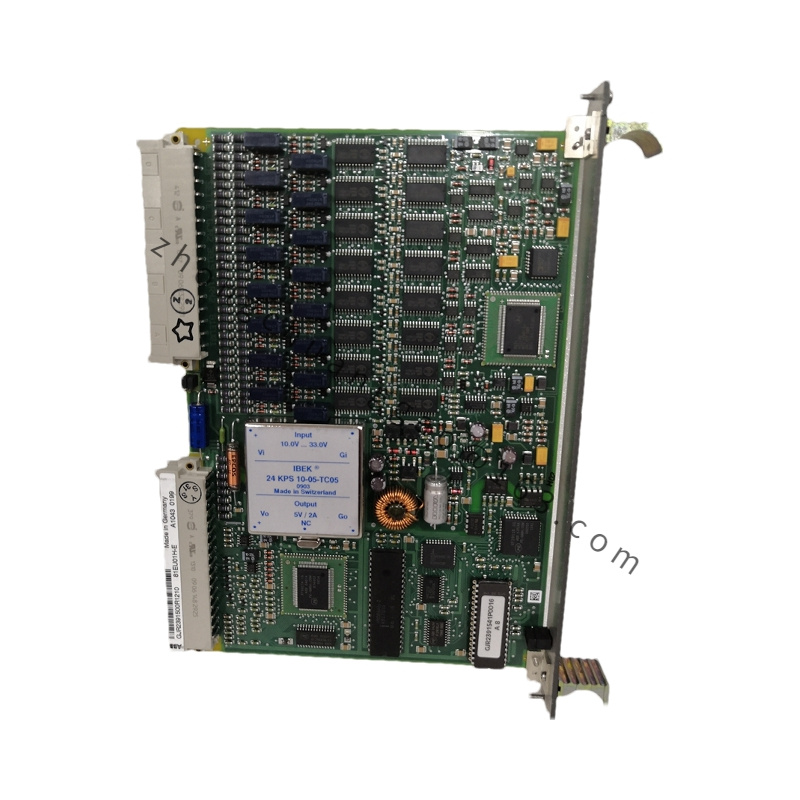
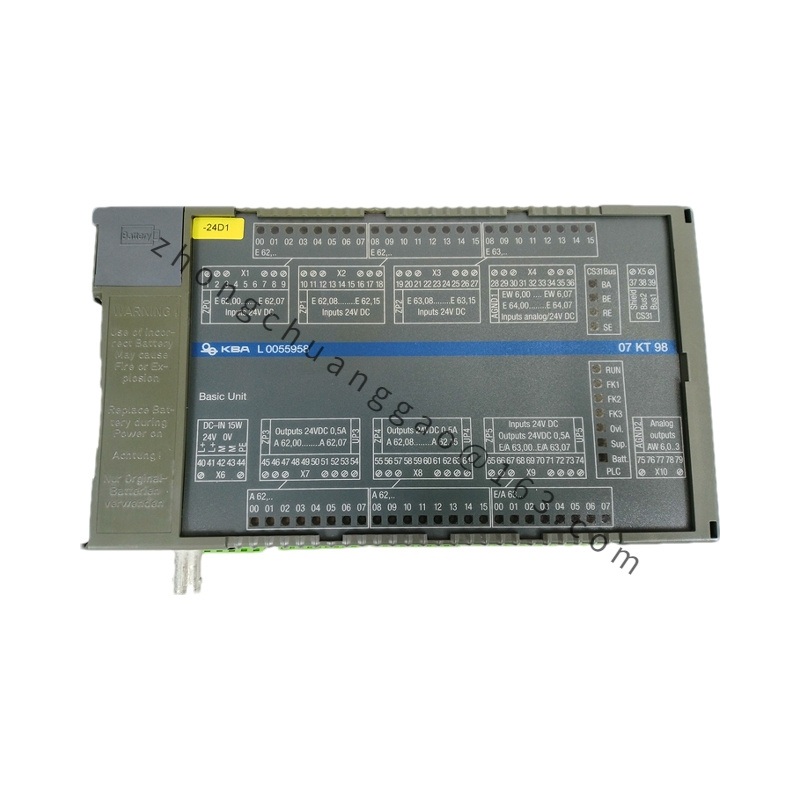
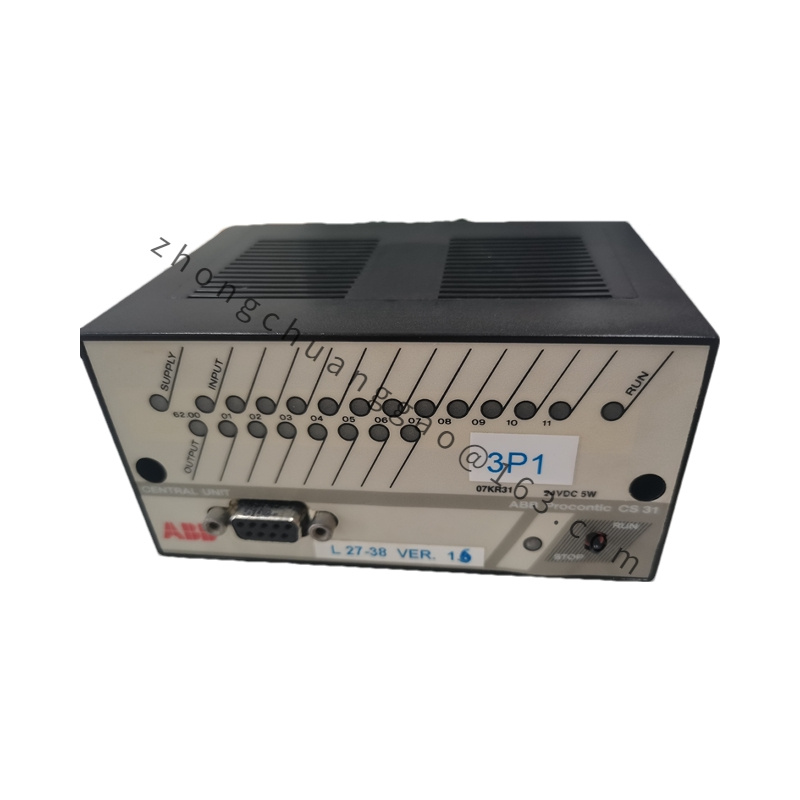
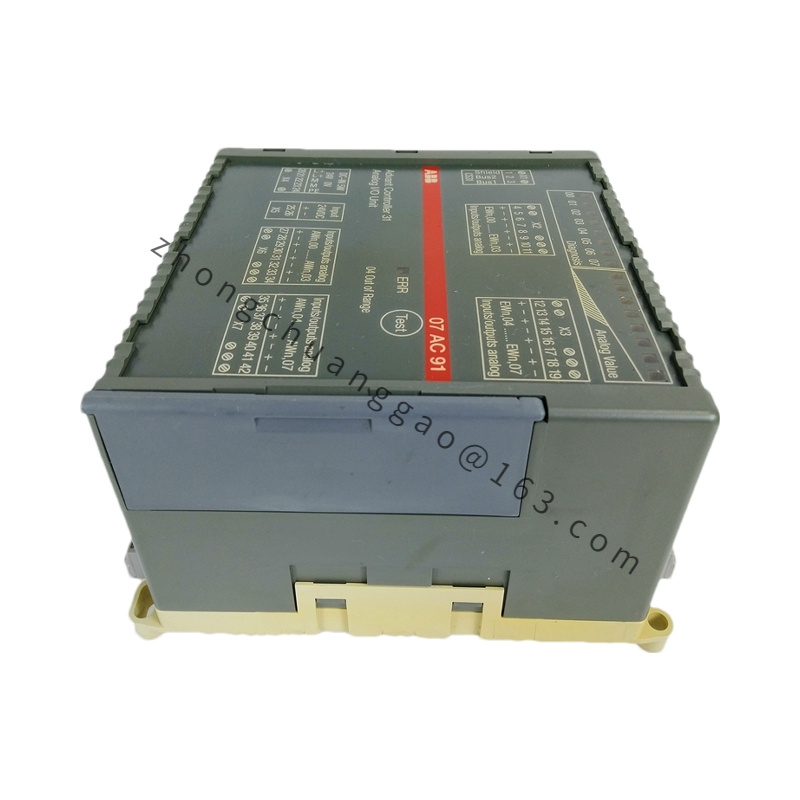
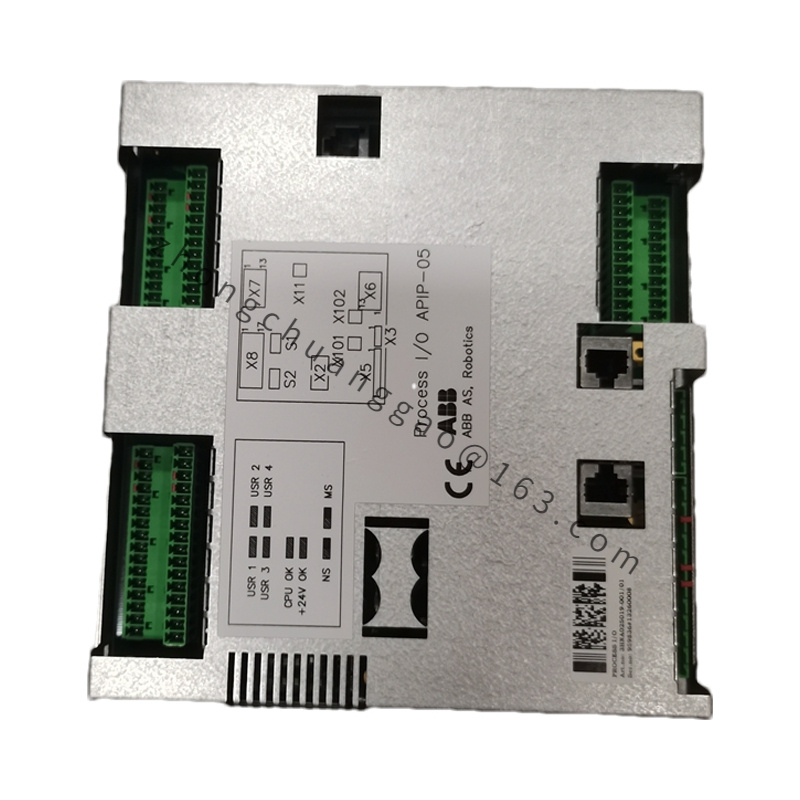
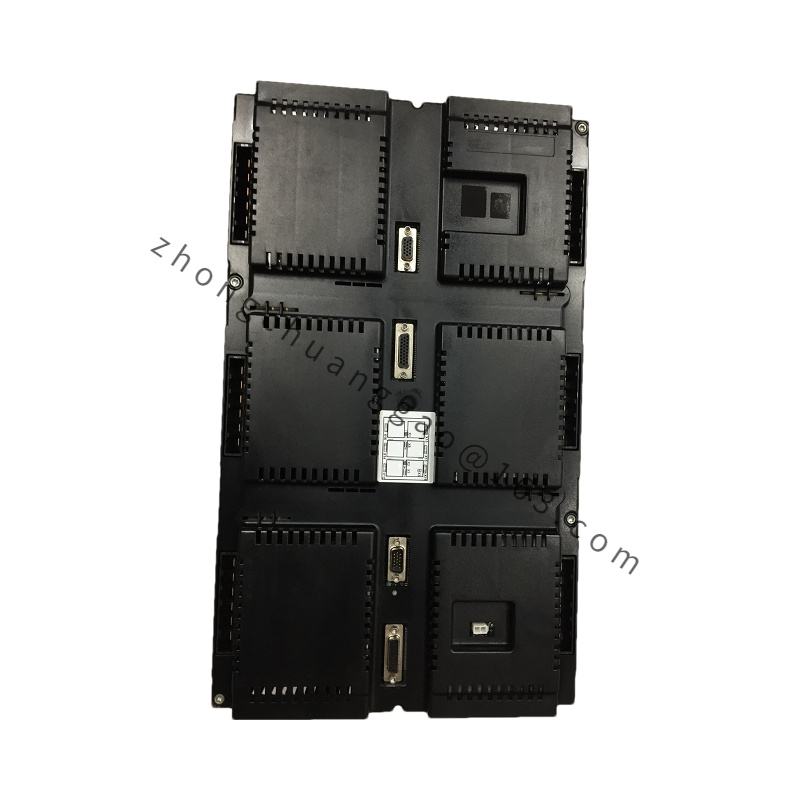
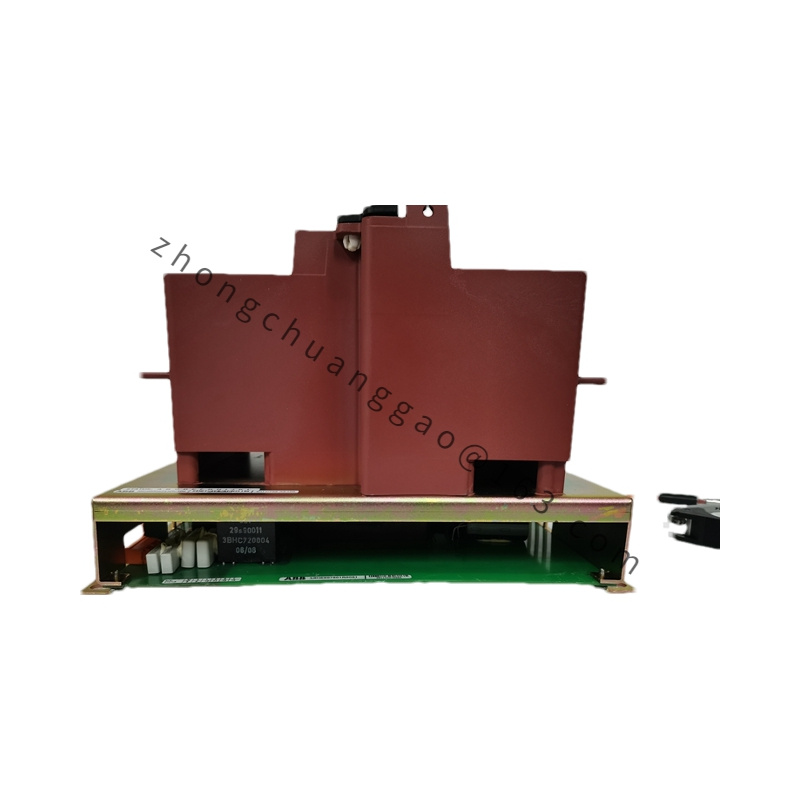
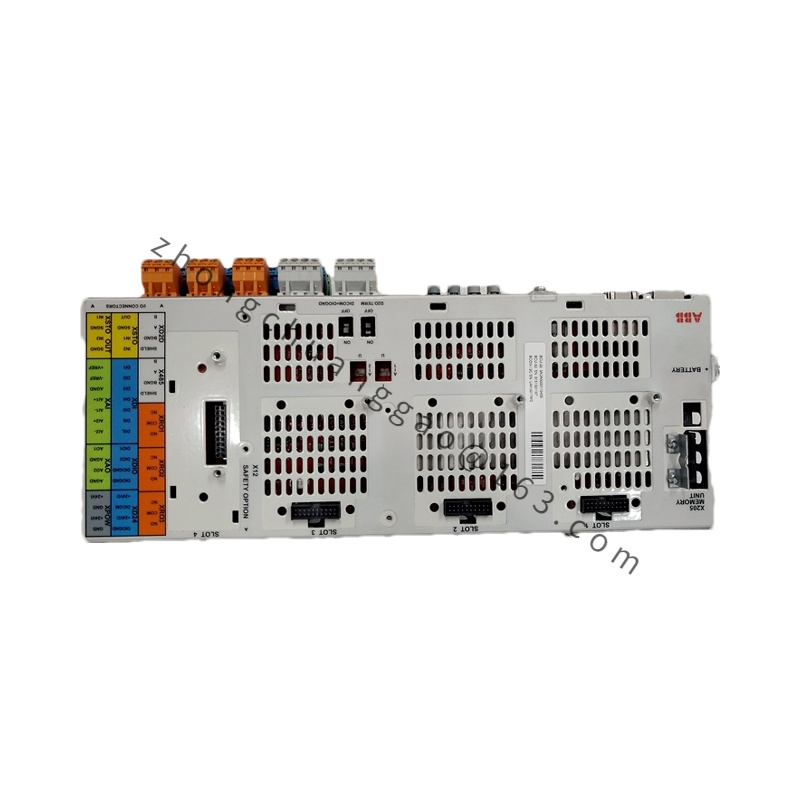

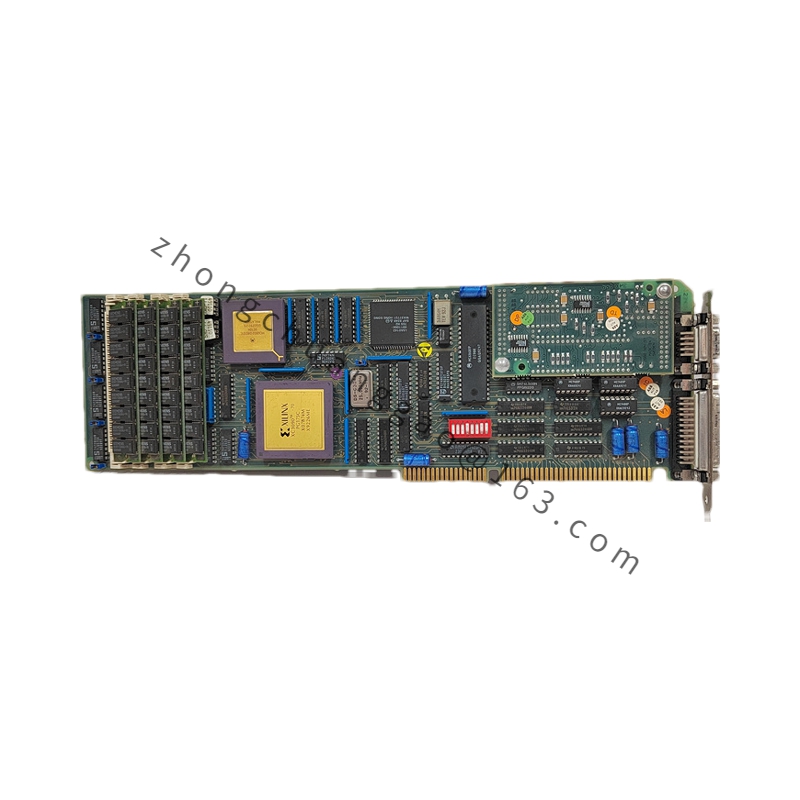
.jpg)